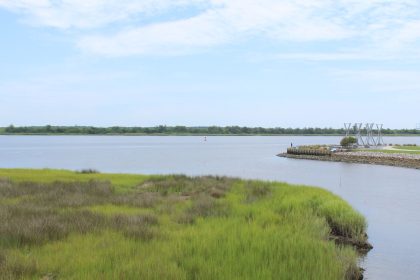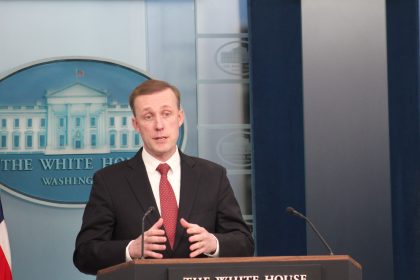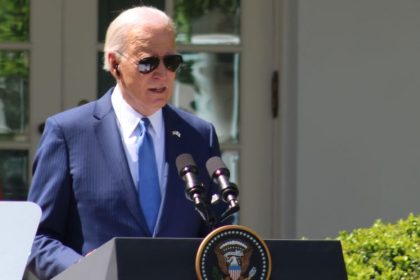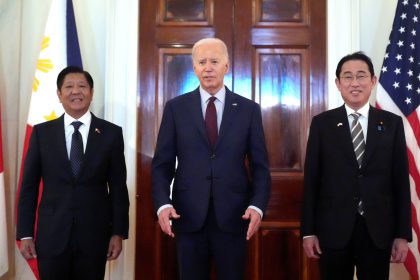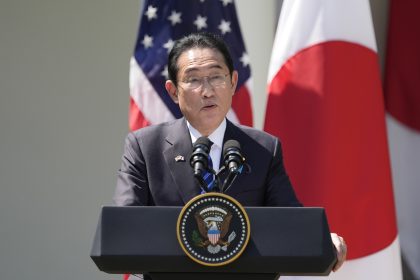Secret Service Closes Investigation on White House Coke
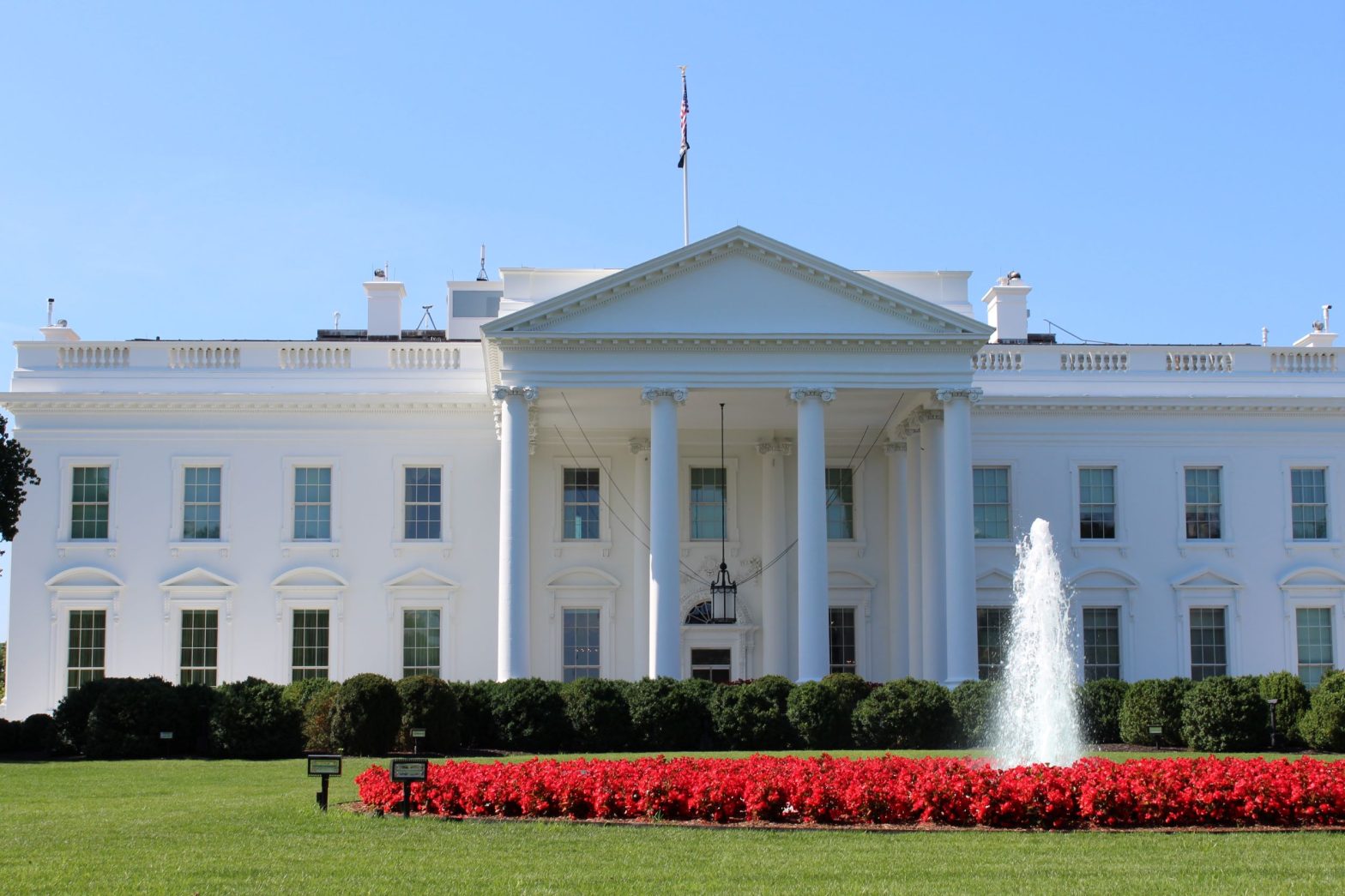
WASHINGTON — The Secret Service on Thursday closed its inquiry into who left cocaine in the White House, saying it was unable to identify a possible suspect due to a lack of fingerprint and DNA evidence.
On the evening of July 2, after the president, first family and much of the staff left the White House for the long July Fourth weekend, officers from the Secret Service found what was initially described as “an unknown white substance” inside a vestibule leading to a lobby area of the West Wing.
The substance, later confirmed to be cocaine, was found near the West Executive Avenue entrance to the White House, in a receptacle used to temporarily store electronic and personal devices before entering the West Wing.
Prior to the substance being confirmed as cocaine, the White House was briefly placed on lock down and the substance and packaging were treated as evidence and sent to the U.S. Department of Homeland Security’s National Biodefense Analysis and Countermeasures Center, which analyzed the item for any biothreats.
Tests conducted at this facility came back negative and gave formal confirmation that the substance was not biological in nature.
While the substance was being analyzed for its chemical composition, the packaging was subjected to advanced fingerprint and DNA analysis.
Both of these analyses were conducted by the Federal Bureau of Investigation’s crime laboratory given their expertise in this area and independence from the investigation.
While awaiting the FBl’s results, the Secret Service said, its investigation into how this item entered the White House continued.
The investigation included a methodical review of security systems and protocols. This review included a backwards examination that spanned several days prior to the discovery of the substance and developed an index of several hundred individuals who may have accessed the area where the substance was found.
The focal point of these actions developed a pool of known persons for comparison of forensic evidence gleaned from the FBI’s analysis of the substance’s packaging.
On Wednesday, the FBI informed the Secret Service its tests did not develop latent fingerprints and insufficient DNA was present for investigative comparisons.
As a result, the Secret Service said, it is not able to compare evidence against the known pool of individuals.
The Secret Service also noted that there was no surveillance video footage found that provided investigative leads or any other means for investigators to identify who may have deposited the found substance in this area.
“Without physical evidence, the investigation will not be able to single out a person of interest from the hundreds of individuals who passed through the vestibule where the cocaine was discovered,” the agency said.
Dan can be reached at [email protected] and at https://twitter.com/DanMcCue


















